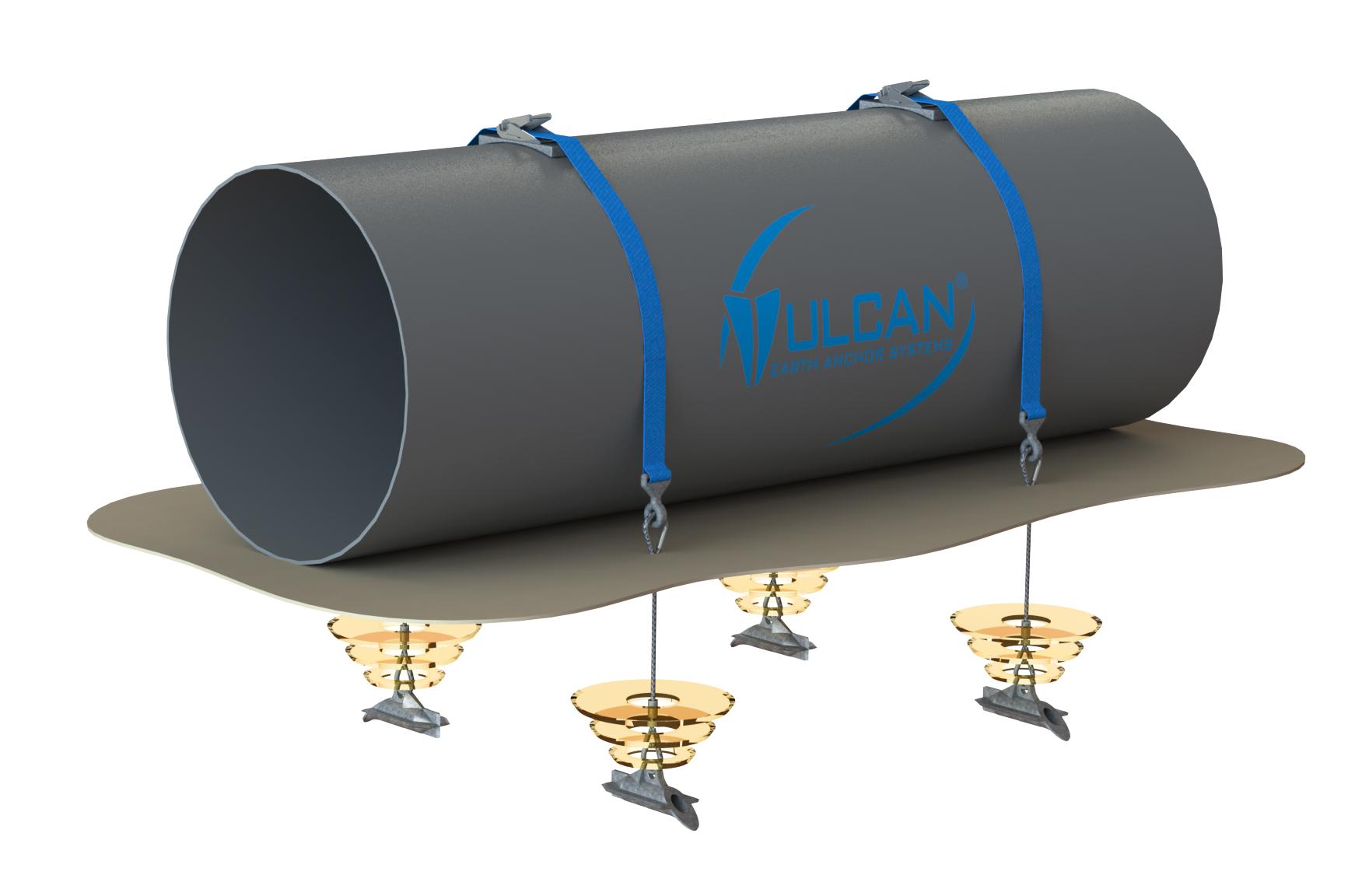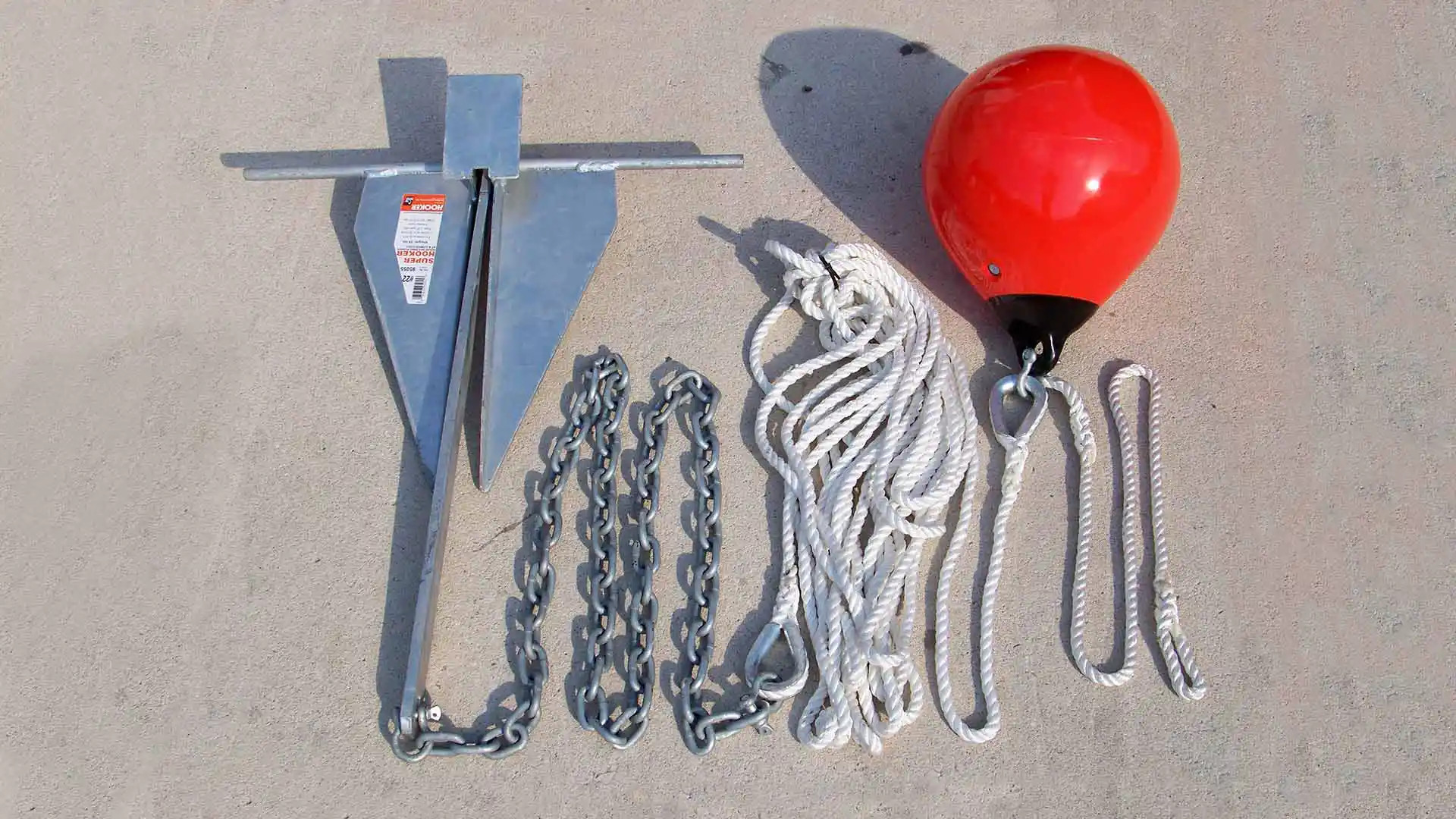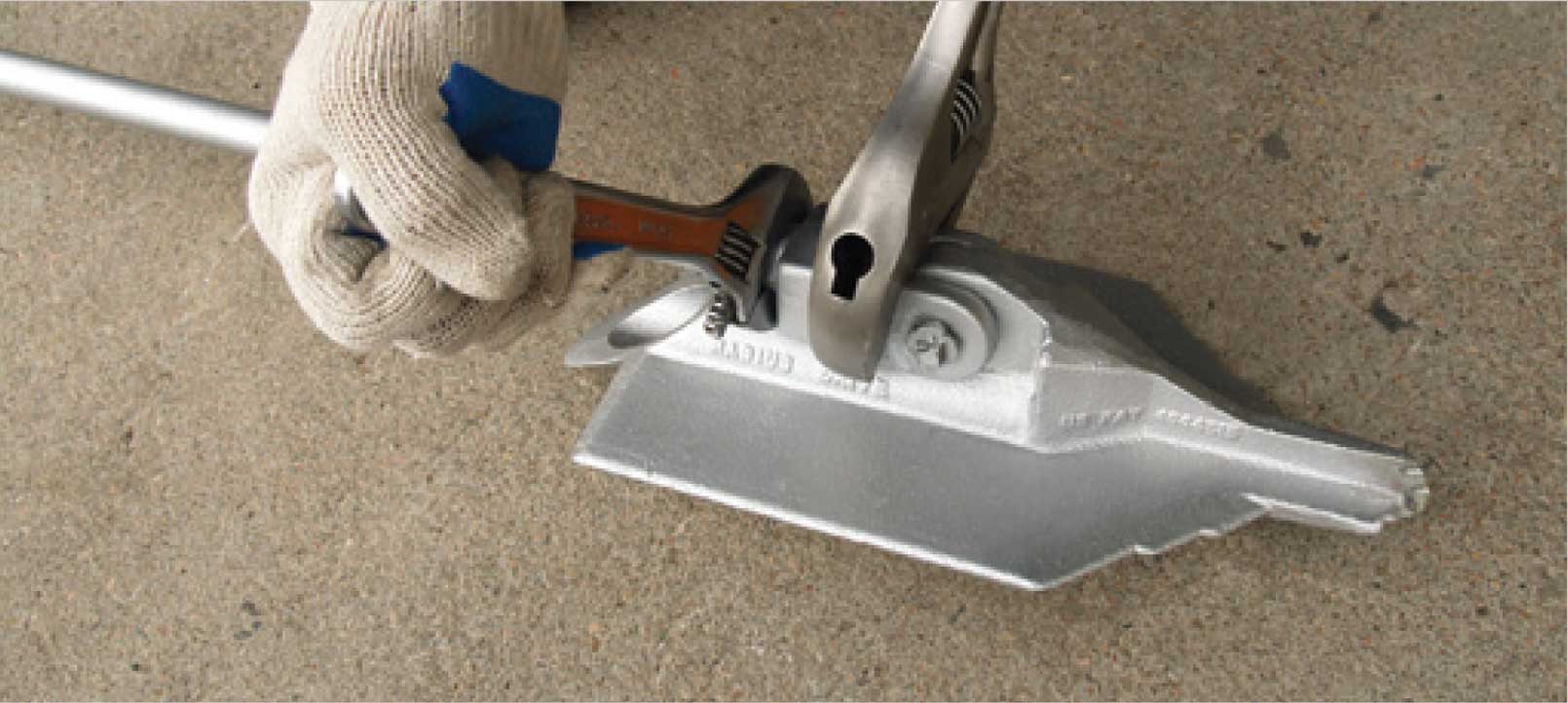Reliable Support Systems Designed for Maximum Stamina
The style of effective anchor systems is vital in guaranteeing maximum toughness and integrity across various applications, particularly in civil and aquatic engineering. As we explore the various types of anchor systems and the products that underpin their effectiveness, it comes to be noticeable that the future of anchoring technology might hold even higher advancements.
Relevance of Support Solutions
Anchor systems play an essential role in different applications, from aquatic building to overseas exploration and even in the stability of structures on land. In aquatic environments, anchors are crucial for mooring vessels, avoiding drift due to wind, currents, or waves.
In enhancement to aquatic applications, anchor systems are important in civil engineering, particularly in the building of preserving walls, bridges, and buildings in geologically difficult locations. These systems aid distribute loads efficiently, combating forces such as soil stress and seismic task. The importance of anchor systems includes the renewable resource field, where they safeguard wind turbines and offshore platforms, adding to the security and performance of power generation.
Ultimately, the effectiveness of an anchor system is fundamental to the security, longevity, and functionality of various structures, making their design and implementation a vital element in design and building methods throughout numerous markets.
Ingenious Products in Anchor Style

Modern advancements in products science have considerably changed anchor design, improving performance and durability. The unification of high-strength alloys and composite materials has actually led to supports that can stand up to extreme ecological conditions while preserving structural stability. These innovative products not only provide exceptional tensile toughness however additionally minimize weight, improving simplicity of installment and handling.
One significant growth is making use of carbon fiber reinforced polymers (CFRP), which give exceptional corrosion resistance and high strength-to-weight ratios. This enables the design of supports that are both exceptionally resilient and light-weight, making them suitable for marine applications where direct exposure to deep sea can result in product destruction.
Additionally, improvements in coatings-- such as advanced epoxy and galvanization-- additional secure metal supports from corrosion, prolonging their solution life. These coatings can be tailored to satisfy particular ecological obstacles, ensuring that anchors carry out dependably also in rough problems.
Furthermore, the integration of smart products, which can adapt to changing loads and environmental elements, is leading the way for future support layouts. These growths emphasize a fad in the direction of better efficiency and reliability in securing solutions, ultimately enhancing safety across numerous applications.
Types of Efficient Anchor Equipments
Reliable securing remedies are crucial for making certain security and safety and security in different applications, from construction to marine operations. Several sorts of reliable support systems stick out for their efficiency and versatility to different environments.
One preferred kind is the screw anchor, which utilizes a helical design to give premium holding power in dirt and soft ground. These anchors are particularly valuable in short-lived frameworks and can be easily removed and recycled.
One more commonly pre-owned system is the driven stack anchor, usually utilized in marine and heavy construction tasks. These supports are driven deep into the ground, providing outstanding resistance to lateral pressures, making them perfect for sustaining big frameworks.
For aquatic applications, the mooring buoy support system is important. This system includes buoyant gadgets connected to supports on the seabed, allowing vessels to stay steady while lessening drag from currents and winds.
Lastly, the deadweight anchor system relies on hefty weights to offer security and is commonly made use of in offshore setups. Each kind of support system is developed to fulfill details needs, making certain the safety and stability of frameworks and vessels in various problems.
Security Requirements and Regulations
Ensuring the security and integrity of anchoring systems entails adherence to strict security criteria and laws. These standards are established by various companies, including the American Culture for Testing and Materials (ASTM), the International Company for Standardization (ISO), and neighborhood building ordinance. Conformity with these regulations is vital to ensure that securing systems can hold up against environmental stress and anxieties and lots, decreasing the danger of failure.
Evaluating and accreditation processes are essential elements of safety standards. Anchoring systems must undergo extensive evaluations, consisting of tensile toughness examinations, tiredness examinations, and ecological effect examinations. These tests help identify the systems' performance under real-world problems, guaranteeing they satisfy or exceed the called for safety and security limits.
Furthermore, producers are required to provide thorough requirements and directions for installation and upkeep, which are important to maintaining safety criteria. Normal evaluation and maintenance methods have top article to likewise be established to recognize prospective weaknesses gradually.
Future Patterns in Support Innovation
The future of anchor technology is positioned for considerable developments, driven by the raising demand for enhanced security and performance in building and construction and engineering applications. Technologies are expected in products, design, and installment methods, which will certainly improve the toughness and toughness of informative post anchor systems.
One emerging fad is the combination of clever innovation right into support systems. Earth Anchor. By incorporating sensors, these systems can check tension, lots, and environmental problems in real-time, allowing for positive upkeep and increased dependability. Additionally, improvements in composite materials might cause lighter, yet more powerful anchors that can stand up to severe conditions, decreasing the total weight of frameworks


Furthermore, modular anchor systems are obtaining grip, permitting much easier setup and versatility to various project demands. Earth Anchor. As the sector welcomes automation, robotic installation techniques might even more streamline the anchoring procedure, boosting effectiveness and precision
Verdict
In conclusion, effective support systems play an important function in making sure the stability and safety and security of civil and marine design projects. Adherence to security criteria and policies additionally underscores the significance of integrity in anchor systems.
The style of effective support systems is vital in ensuring optimal stamina and integrity throughout different applications, especially in civil and marine engineering. As we check out the various types of that site support systems and the materials that underpin their effectiveness, it becomes apparent that the future of securing modern technology may hold even higher improvements.Making certain the safety and reliability of anchoring systems involves adherence to strict security criteria and laws.In conclusion, efficient anchor systems play a vital duty in making certain the security and safety and security of civil and aquatic design tasks. Adherence to safety and security criteria and laws better highlights the value of integrity in support systems.